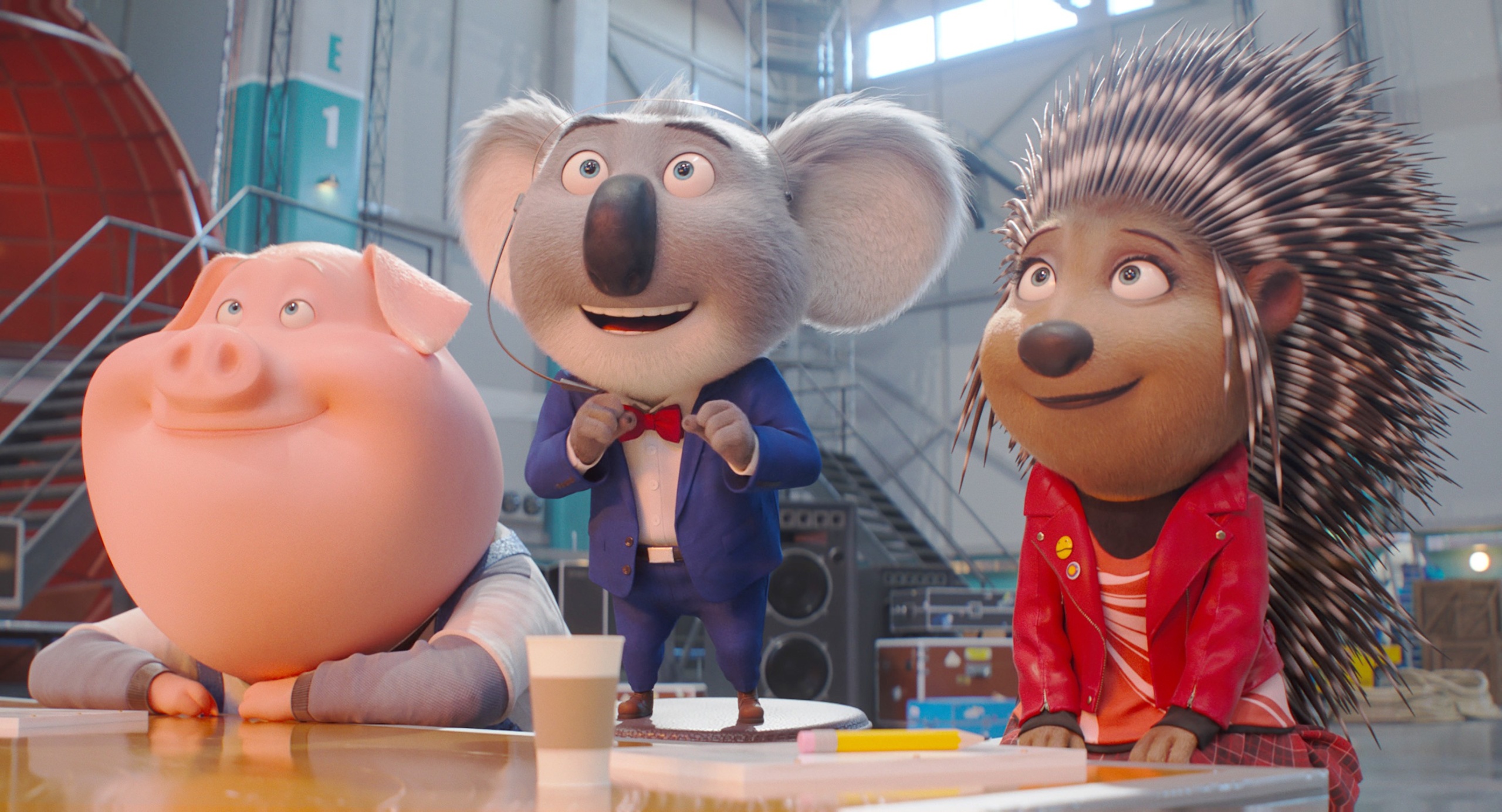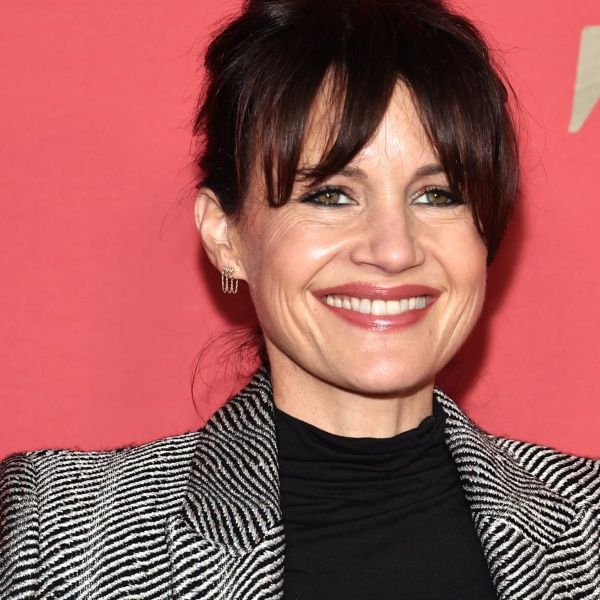Forget the Chris Rock live-standup success or the “Love Is Blind” reunion’s epic failure: The real benchmark to Netflix exploring live sports should be based on… Universal “Sing 2.”
That’s the argument made Thursday morning by media analysts at MoffettNathanson; before you think we subscribe to some quack research, let Michael Nathanson explain his position.
Though you may know (and subscribe to) Netflix for original hits like “Stranger Things,” “Wednesday,” and “Bridgerton,” its massive library is comprised primarily of acquired film and TV content. Those third-party leftovers account for more than half of the time viewed on Netflix in the U.S. Compared to your average original series or movie, libraries are a stable, predictable, safe, and successful setup.
“The main value of acquired is its dependability,” Nathanson wrote in a note to clients (and obtained by IndieWire). “Titles are already made and already proven… There is little to no risk of spending through the nose on a bomb.”
Netflix bombs include “Marco Polo” and “Jupiter’s Legacy” on the TV side, and Adam Sandler’s “The Ridiculous 6” in film. (There is an argument to be made that any big-budget streaming film, like Netflix viewership hits “The Gray Man” and “Red Notice” — both of which were made for $200 million — is doomed to be a “bomb” from a return-on-investment point of view. Netflix is planning to expand “The Gray Man” franchise via a sequel and a spinoff.)
Nathanson pointed out that Pay-1 window deals for films seem to work out much better for Netflix — even the pricey ones like “Sing 2,” which featured U2’s Bono as a grumpy lion.
“It was likely cheaper than most Netflix originals that generated similar viewership,” Nathanson wrote. “If one were to include in the cost of Netflix’s hits not just the cost of any individual title in isolation but also all of the underperforming titles the platform had to produce along the way, ‘Sing 2’ likely would seem like a bargain.”
Netflix declined comment on the “Sing 2” price point and Nathanson does not have an estimate. But he told IndieWire that it stands to reason that when compared with Netflix’s original movies, the return on the “Sing 2” investment must have been “optimal.”
Following its June 22, 2022 debut on the streaming service, “Sing 2” appeared on Netflix’s Top 10 English-language Films list for eight straight weeks. (It added a ninth week in late April of this year.)
The trade-off in Netflix doubling down on third-party content is it could dilute the Netflix brand. High-profile, expensive original films may be loss leaders, but they also can prop up the platform’s perceived value.

A $200-million Netflix movie looks like coupon clipping next to acquiring sports rights, but even eye-popping math can make sense. As Netflix co-CEO and chief content officer Ted Sarandos once said, the streaming service is not “anti-sports;” it’s “pro-profit.”
“While certainly expensive, sports, like acquired scripted shows, deliver eyeballs with incredible consistency,” Nathanson wrote in the research note. “While any individual title may generate viewership more efficiently, the math may tilt in sports’ favor when viewed as a group.”
Last month, the Wall Street Journal reported Netflix was in talks to live-stream a celebrity golf tournament. We asked Nathanson which specific leagues he believes Netflix should target. He’d go after sports with “long seasons” (bonus if it has both a national and international season) and “a strong social-media presence,” he said. Those would be “naturals” for the streaming king.
Of course, none of this is particularly natural to Netflix, but what is? There was a time when streaming wasn’t a natural fit for the DVD-by-mail company. And then originals weren’t; then movies weren’t. Then commercials; then live events. Now, sports still aren’t — but they might be soon.
We asked Nathanson how much sports he thinks Netflix should roll into its robust portfolio. It was a “great question,” he said (thanks Mike!), and answered this way: “Somewhere between ESPN and broadcast nets.”







